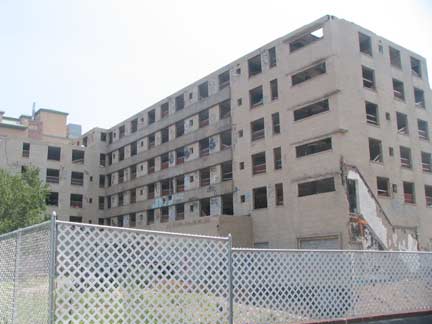Is this good or bad news for the post acute/senior living world?
It does not seem to have received a lot of attention, but there is a ton of new development going on in the post-acute, transitional care space.
Probably stating the obvious, but these are relatively small, luxurious skilled nursing operations that provide complex high intensity rehabilitation therapy services to individuals fresh out of the hospital.
In general the majority of residents will be seniors, they will service residents/patients/clients of any age that have need for significant short-term rehabilitation services as a bridge to home, or a lower level of care like assisted living.
Services and amenities typically include:
- 7 day a week rehab
- High quality therapy equipment
- A higher intensity of physician services
- Private rooms
- Premium television channels
- Wifi
- High quality dining
Think Hilton hotel with therapy services.
Residents will have short lengths of stay, typically ranging from 2-4 weeks. This is the one area of post-acute care where reimbursement is still really good.
Care facilities like this have the ability to handle early discharges from hospitals providing a substantial positive impact on the hospital’s bottom line. On the patient side, there is good evidence that high intensity therapy can make a substantial positive impact on the patient’s ability to transition home and at least avoid the 30-day readmission penalty box.
Cause for Concern
At first glance this new niche seems to be a win win for everyone and it is likely that it is a win win for patients, hospitals, insurance companies, and the transitional care facilities. It could very well be a disaster for the traditional skilled nursing model.
In most, if not all states, Medicaid dollars are woefully inadequate. What makes older skilled nursing communities work is that while they mostly care for long-term Medicaid residents they have a large enough group of high paying Medicare/HMO residents that make the bottom line profitable.
These new models will ultimately reduce the number of high revenue residents in many skilled nursing communities to a level that will put their financial viability at substantial jeopardy.
Culling the Herd
A few days ago I published an article titled Bill Thomas Says: “I Am An Abolitionist” where I talk about how Bill Thomas would like to see the herd thinned with the worst 50-100 skilled nursing buildings in each state put out of business by the regulators. His desire is based on the belief that the government is really good at stopping abuses, something I am not so sure I would agree with.
This growth in a new style of skilled care may very well accomplish the same thing, though I am fearful it will also clobber really good communities.
Even scarier is that leaving fewer dollars on the table for traditional skilled providers will not actually result in the immediate closing of marginal skilled buildings. Instead in many cases it will result in a long slow death of those businesses that will inevitably result in poor resident care as communities cut corners in an attempt to keep the doors open.
Good or Bad?
At this point it is really unclear to me whether this will be a healthy thing for the healthcare system. There is no doubt that over the short term it will be painful for some owners and, most worrisome, a disaster for some residents. It is possible that what will come out the other side will look more like what Bill Thomas dreams of.
Your Thoughts?








